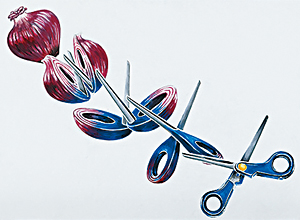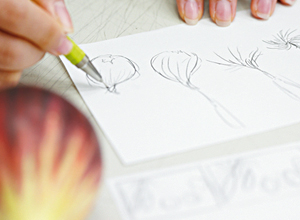Self-discovery and self-improvement with foundations
An Experiential common curriculum, “Foundation,” which enables 1st year(freshman) students to study design generally and expand the options for their fields of specialty.
*Excluding the New Media Design Course and the Literature and Writing Design Course.
What is “Foundation”?
“Foundation” is a kind of curriculum that allows a student to learn foundational skills that are common to all courses and to explore what he or she wants to learn and what field is suited the best to him or her. This curriculum works for a highly-motivated student who wants to study both two-dimensional design and craft design, and it also works for a student who does not know what field is suited the best to him/herself.
There are two reasons for students to study foundations. One is that the students can find their field of specialization and goals as they study various fields in design. Another is that there is no definite border between different fields of design. For example, you cannot tell the border between two-dimensional design and three-dimensional design because the world of design consists of various genres that are mutually related to each other.
Metaphorically speaking, leaning the basic knowledge of design when you study design is like a foundation work when you build a house. Let’s acquire solid skills in design by learning basic knowledge of design widely in the 1st(freshman) year.
-
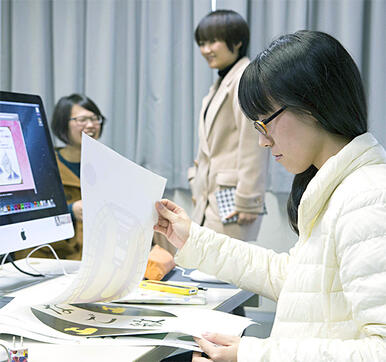
Visual Design Course
In this course, students explore how to approach visual expression and what the social benefit, effect, and value of visual communication are.
The students learn a series of planning and producing skills that enable them to find a “value” that would be an object of expression, to polish ideas for visualizing the object, to examine appropriate medium for the visualization,and to present the visualized work. -
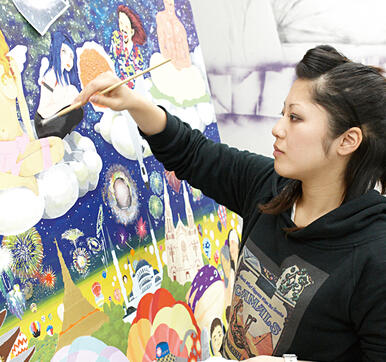
Illustration Course
In this course, students learn materials that are necessary for illustration and basic skills related to illustration. The students cultivate presentation skills to promote themselves to the market of design as they explore their own expression methods. They also learn skills to perceive products and images accurately that is necessary for illustrators.
-
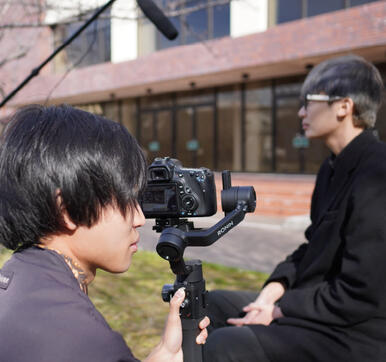
New Media Design Course
Students in this course study technologies that interlace the three fields of design, video, and media. In the design field, students study methods of “Communication Design” using various design materials, as well as master the ability to discover and solve problems. In the video field, students study special effects as a means of expressing time, motion graphics, editing, and the distribution process.
In the media field, students study ways of designing interfaces that link computers and people. By blending these three fields, students connect to craftsmanship that exhibits creative thinking as they study analog and digital means of expression in unison to refine the skills required to flexibly survive in an ever changing society. Students also design and carry out projects for new “Forms” that utilize various materials in the Digital Fabrication Workshop (provisional name). -
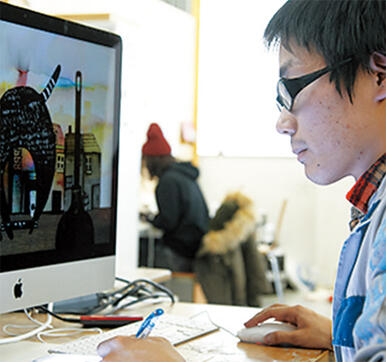
Media Communication Design Course
In this course, students explore possibility of visual communication medium through creation of works by utilizing multiple techniques and tools for reproduced arts medium, including photos, prints, and computers. The course fosters human resources who can produce visual arts and design with rich sensitivity, accurate expressiveness, and global view.
-
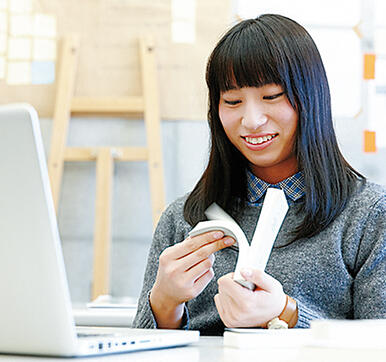
Lifestyle Design Course
In this course, students learn important ability that is commonly required when creating something regardless of expression methods of design such as three-dimensional design, two-dimensional design, product design, or visual design through basic practices and specific production and study. They also aim to acquire editing and presentation skills for creation.
-
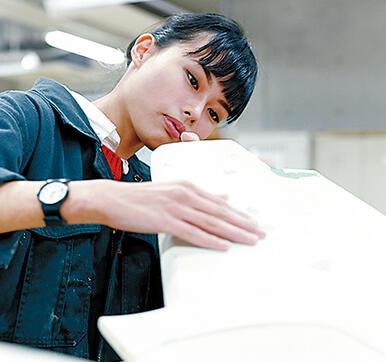
Industrial and Ceramic Design Course
In this course, students develop ability to propose new designs to the society in the future in order to improve objects and matters that are necessary for daily life using the power of design. The course trains the students to become internationally-minded persons and aims to foster human resources who can utilize the power of design globally.
-
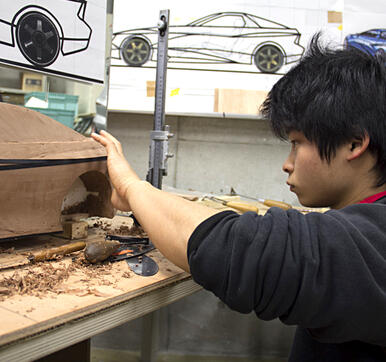
Car Design Course
Cars are very convenient tools, but how the cars are designed is not known popularly. However, car design is actually enjoyable and interesting, and it attracts many designers.
This course aims to foster car designers who can flourish in auto manufacturers and automobile-related enterprises in Tokai area and even in the overseas. -
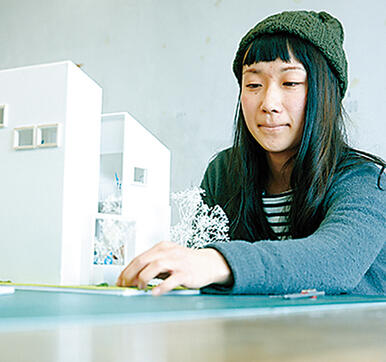
Spatial Design Course
Through design of furniture, interior, architecture, and urban space, students of this course study how to create new life and comfortable life place for the people. They do not aim to create anything that are just peculiar, but they learn to create time and space of fine and rich quality. By turning their eyes towards surrounding objects and space, the students broaden their horizons.
-
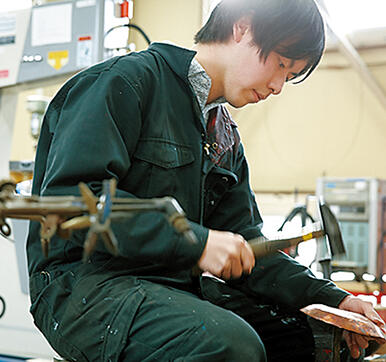
Metal and Jewelry Design Course
In this course, students study conception and expression methods using materials such as metal. Expression is not technique. What is really important is sensitivity and imagination. The students teach themselves to improve intellectual curiosity and to always enhance their creation capacity.
-
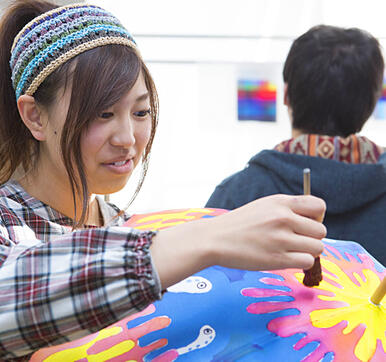
Textile Design Course
In this course, students explore modern design as they study techniques and activation methods for textile. In collaboration with various products, including fashion, interior, furniture, automobile, etc., fabric products can be a hub of lifestyle. Moreover, they bring forth even more colorful designs.
This course aims to foster human resources who contribute to local textile industry. -
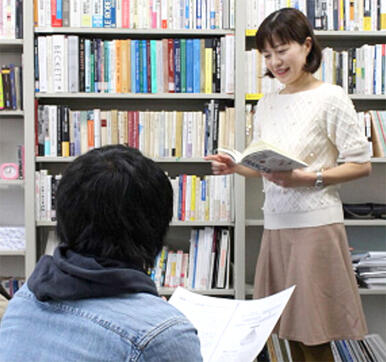
Literature and Writing Design Course
In this course, faculty members who serve on the front line teach students writing skills, considering each student’s personality. The writing skills and expressiveness that are acquired through in-depth practices in smaller class rooms would be the strongest merit for careers as novelists or in publishing /advertisement industries.
